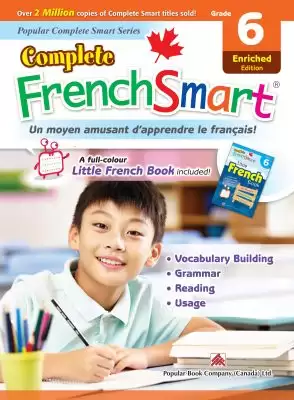An IEP, “Individual Education Plan”, is a document that outlines educational instruction, support and services for each child who is identified as an “exceptional pupil”. The status of an exceptional pupil is established through an IPRC (Identification, Placement and Review Committee) meeting. This committee is comprised of the teacher, the special education resource teacher, and the parents. However, an IEP may be developed for students who have not yet been placed by an IPRC, but require services and programs to be successful at school. For any student who is deemed to be an exceptional learner, the Board must provide an education program and the required services. It is important to note that the child’s provincial report card will be based on the expectations set out in their IEP.
The IEP is a legal document and is created to help meet the needs of the learner. It outlines both the strengths and weaknesses of a child. It is essentially a map for the child’s education. It involves extensive assessment to determine their areas of needs and strengths, and their ability to learn and demonstrate their learning. These needs can then be meet through:
- Accommodations: refers to the specialized teaching strategies, assessment, human support, and individualized equipment that help a student to learn. With accommodations, the curriculum expectations for the grade or the course are not changed.
- Modifications: refers to changes made in the expectations of the grade level curriculum for a subject or course. The modifications reflect the students ability to increase or decrease the complexity of the curriculum expectations.
- Alternative Expectations: refers to expectations that will help students to acquire skills and knowledge that are outside of the curriculum.
An IEP must include:
- The strengths and needs of your child
- The specific educational expectations
- An outline of the programs or services that will be accessed
- The methods used to assess progress
- A transition plan that includes specific goals, actions, people required for actions and timelines for transition where they require support.
The goal of the IEP is to set the child up for success. It is a legal document and teachers must follow it. It is not a static document as it is constantly evolving and will change as the student meets the targets.
To learn more: https://www.ohrc.on.ca/en/right-to-read-inquiry-report/accommodations









